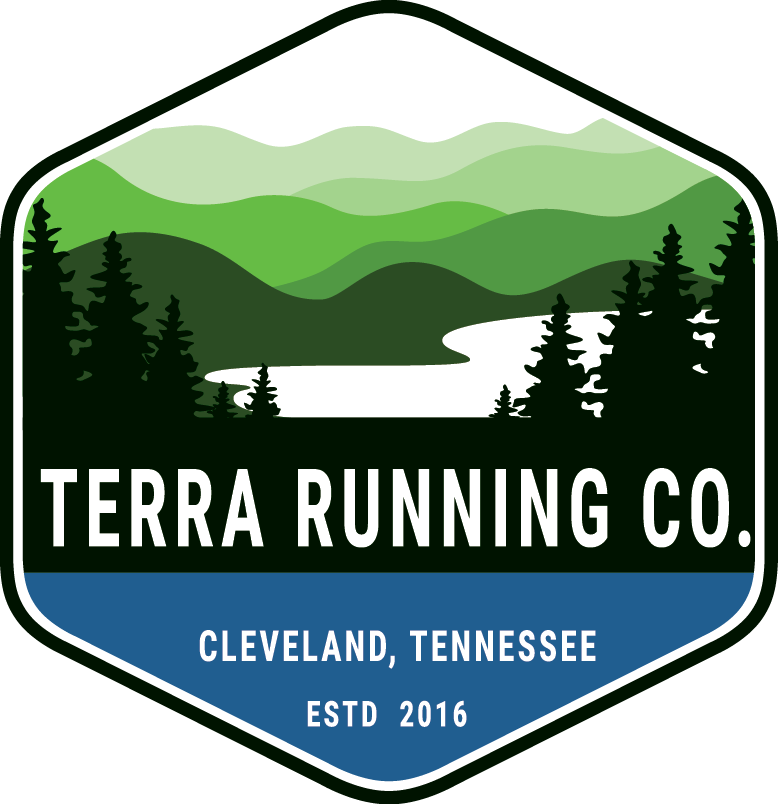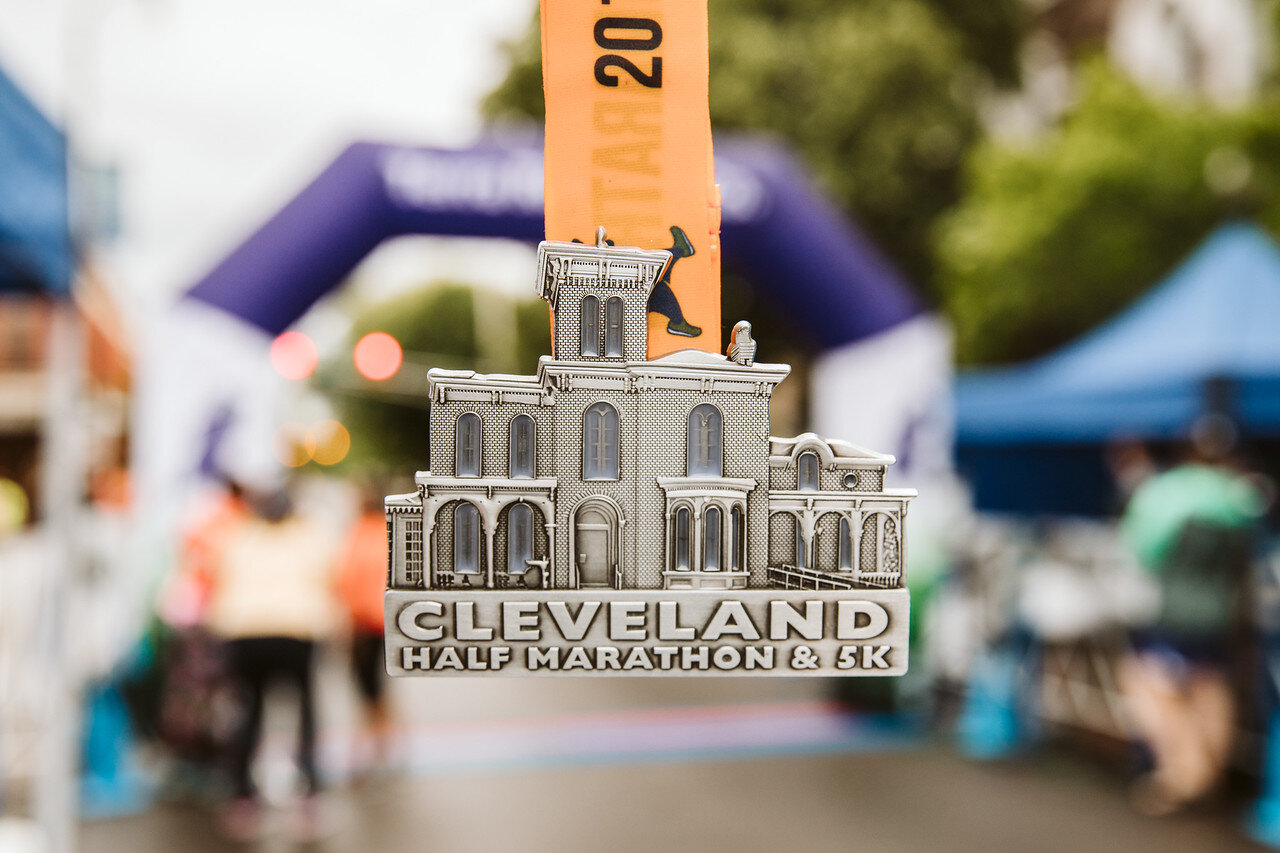Dealing with an injury as an athlete is incredibly tough, especially on a joint you walk on and use every day. If you’ve ever had a foot injury, I’m sure you’ve had to wear a boot, ankle brace, compression socks, or all the above. Well, today I am writing this to let you know that it does get better. It may be hard to see while walking through the injury in the present moment. However, injuries do not define our recreational abilities or show us how weak we are, but sometimes injuries can help us see a broader perspective, redefine our passion for sport, and show us just how strong we are.
From personal experience, I know how it feels to feel “stuck” as an athlete. You see your friends sprinting or having the best time, while you’re sitting in your living room completing another set of Physical Therapy exercises for the day. Wondering if you will ever get back to what you love.
Then you may notice as you get back to your sport, that your foot has changed a little bit, and the shoes that were once working for you just do not accomplish the original comfort you had, and you may ask “What do I do now? How embarrassing is it to say my feet have changed?” Well, I will tell you that our feet changing is not an embarrassing situation, but it is a normal process.
Sometimes an injury will tell us what we best need, you may need a shoe with extra support, or you may need something with a more balanced cushion to get through the recovery process. That is ok! You do not need to apologize for how different it may be for you; at Terra we are here for you and are not judging you based on how your feet have changed. Our feet changing especially with injury might be confusing to us, but the good news is that each shoe is made differently and while you are experiencing all the things recovery brings about; finding a shoe to guide you through that process can be beneficial.
If the thought of shoe shopping stresses you out through this process I will share with you that from experience, I have had multiple foot injuries over the last three years, and shoe shopping would always result in tears with hours and hours into the shopping journey. It was overwhelming, I felt like no one understood, and supportive shoes were just a whole brave new category to fall into, adding to all the injuries, and emotions that come with recovering. With the most recent experience being seen in the picture above with my feet changing sizes again for the 3rd time. Just know that you are not alone! Injuries are hard, our feet changing with or without injury is also hard, however having the right tools to navigate through this change does help.
There are a ton of options for shoes and different directions to navigate through. I know that once you’ve gotten used to your original comfortable shoe, it is hard to branch out. Sometimes switching up our shoes for recovery is beneficial to build up different muscles in our feet and help rest those affected joints a bit better, with less pressure going straight to the injured area, and more time to heal.
From one recovering athlete to another, I want to encourage you, that you are not crazy for noticing a change. Sometimes our injuries tell us we need something different and that is ok! Recovery is a hard rollercoaster with plenty of emotions. Especially when the holidays approach and you’re surrounded by your fellow athletes, but the injuries you are facing today are not forever, you will be a stronger athlete with so much more life to live! You are doing great, keep taking on each day as it comes, and we are here for you to help you find a shoe for the season you are in!




